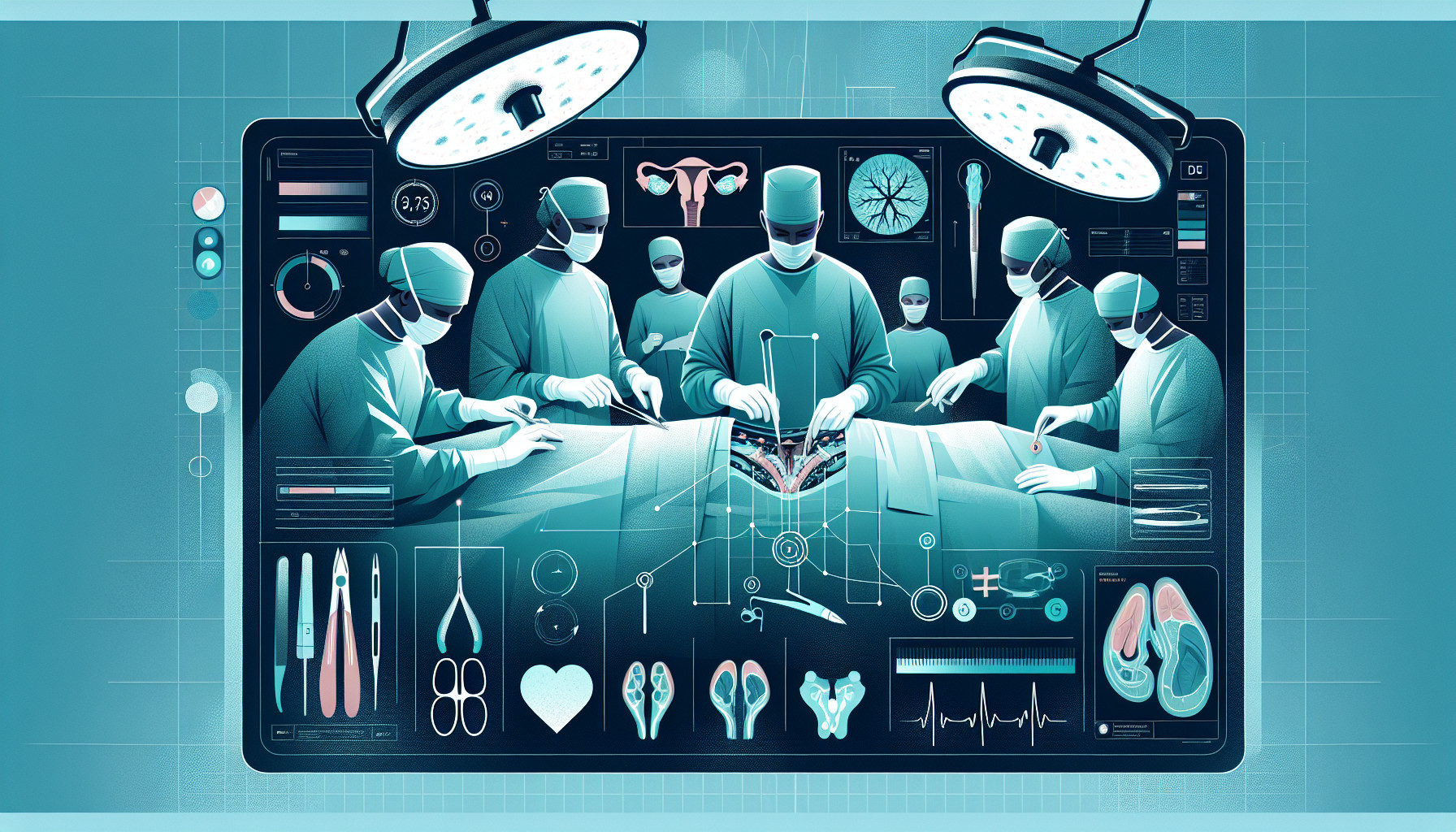Our Summary
This research paper reviews different surgical approaches for testicular cancer treatment. Traditionally, a radical orchidectomy, which involves the complete removal of a testicle, has been the standard procedure. However, the paper also discusses alternative techniques aimed at reducing the extent of surgery, such as organ-sparing surgery and the subinguinal approach. It also highlights the importance of discussing sperm banking and the possibility of a testicular prosthesis with patients undergoing these procedures. In simpler terms, it’s about looking at ways to treat testicular cancer that might not require fully removing a testicle and what other options should be considered during the process.
FAQs
- What is the traditional surgical approach for treating testicular cancer?
- What are some alternative techniques to radical orchidectomy discussed in the research paper?
- What is the importance of discussing sperm banking and the possibility of a testicular prosthesis with patients undergoing testicular surgery?
Doctor’s Tip
One helpful tip a doctor might tell a patient about testicular surgery is to ask about the possibility of sperm banking before the procedure. Sperm banking allows you to preserve your fertility in case the surgery affects your ability to have children in the future. It’s important to discuss this option with your doctor before undergoing any testicular surgery.
Suitable For
Patients who are typically recommended testicular surgery include those with testicular cancer, testicular torsion (a medical emergency where the spermatic cord becomes twisted, cutting off blood flow to the testicle), and certain cases of testicular trauma or injury. Testicular surgery may also be recommended for patients with severe testicular pain, swelling, or infections that do not respond to other treatments. Additionally, patients with certain benign conditions such as hydrocele (fluid buildup around the testicle) or varicocele (enlarged veins in the scrotum) may also undergo testicular surgery for symptom relief.
Timeline
Before testicular surgery, a patient may experience symptoms such as a lump in the testicle, swelling, pain, or discomfort. They will undergo diagnostic tests such as ultrasound, blood tests, and possibly a biopsy to confirm the presence of testicular cancer. The patient will also have consultations with their healthcare team to discuss treatment options, including the possibility of surgery.
After testicular surgery, the patient may experience pain, swelling, and discomfort in the surgical area. They will need to follow post-operative instructions provided by their healthcare team, including taking pain medication, resting, and avoiding strenuous activities. The patient will also have follow-up appointments to monitor their recovery and discuss any further treatment, such as chemotherapy or radiation therapy, if needed. In some cases, the patient may also discuss options for sperm banking and the potential placement of a testicular prosthesis to restore the appearance of the removed testicle.
What to Ask Your Doctor
Some questions a patient should consider asking their doctor about testicular surgery include:
- What type of surgical procedure do you recommend for my specific case of testicular cancer?
- Are there alternative surgical approaches available that may spare some or all of the testicle?
- What are the potential risks and benefits of each surgical approach?
- Will I need to undergo additional treatments, such as chemotherapy or radiation therapy, after surgery?
- How long is the recovery process expected to be following the surgery?
- Will I be able to father children after the surgery? Should I consider sperm banking before the procedure?
- What are the potential long-term effects of having one testicle removed?
- Are there any options for a testicular prosthesis if I choose to have a testicle removed?
- How often will I need follow-up appointments or tests after the surgery?
- Are there any lifestyle changes or precautions I should take after the surgery to prevent complications or recurrence of cancer?
Reference
Authors: Lawrentschuk N, Liu J, Liu Z, Chen K. Journal: Eur Urol Focus. 2024 May;10(3):373-376. doi: 10.1016/j.euf.2024.05.014. Epub 2024 Jun 11. PMID: 38862328
